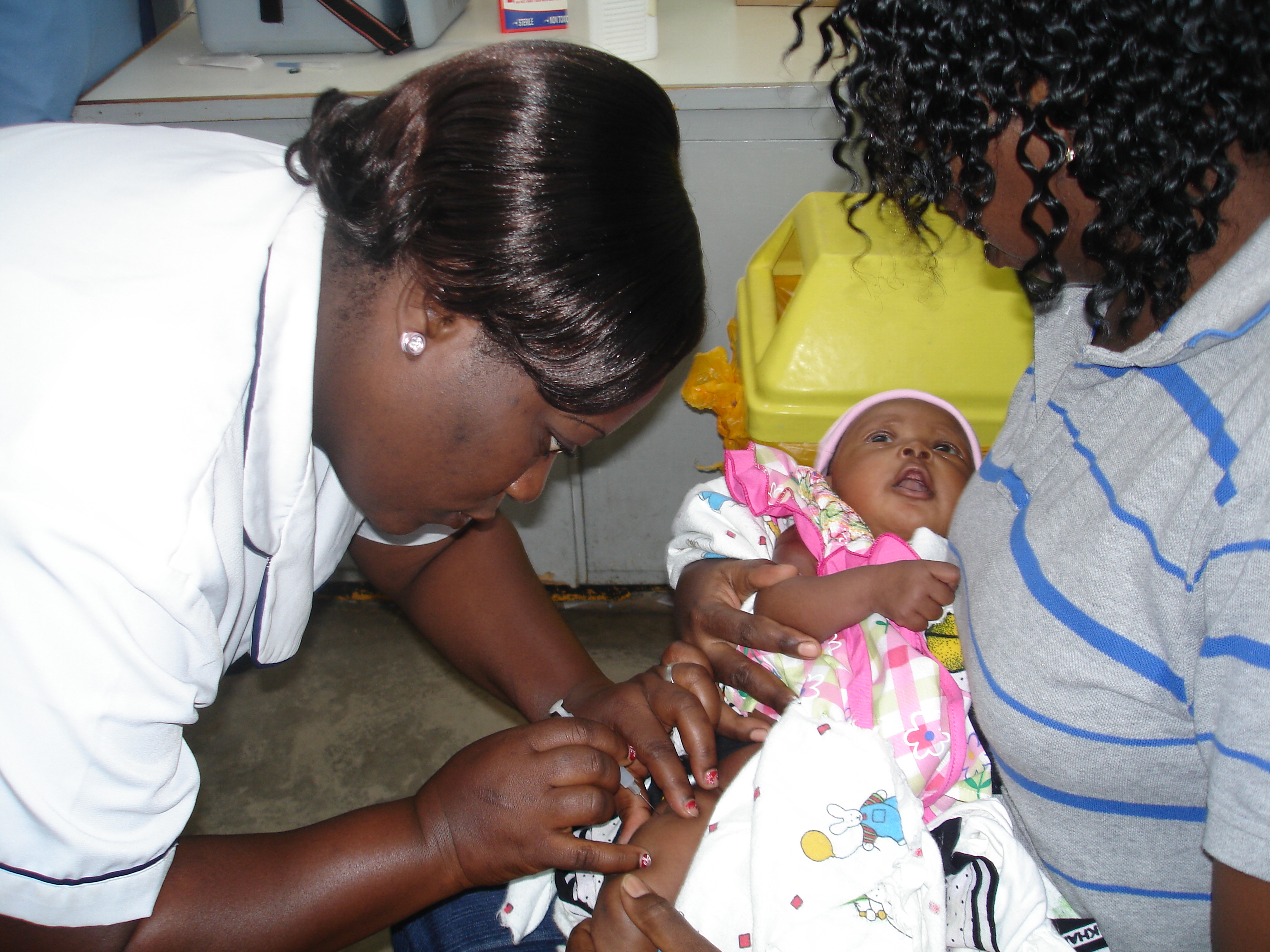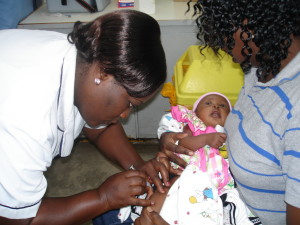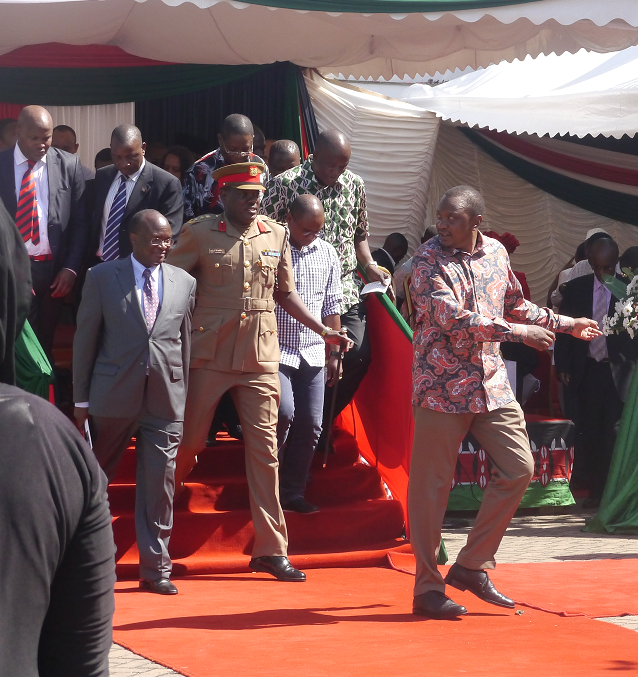
Surveillance after vaccine introduction
The next few days I will be focusing on the studies and results around the Pneumococcal Coonjugat Vaccine (PCV). I will be blogging on the PCVIS website (pcvis.org) which is the Pneumococcal Conjugate Vaccine Impact Study.
Long names really that tell us about this vaccine that was developed in USA and would have taken ages to get to Africa but Gavi, the Vaccine Alliance, stepped in to make sure that the developing world could get the vaccine from the manufacturers at a reduced price.
However, surveillance was needed to tell how well the vaccine was doing.
See, there are 90 different types of pneumococcal bacteria and the PCV vaccine is only made against the most serious types, that’s why the vaccines are labelled PCV-7, PCV-10 etc because these cater for 7 or 10 serotypes depending on what numeral follows PCV. Getting rid of these types however gives room for others and scientists need to know how to cope with new types.
Let me use an illustration to attempt an explanation as to why surveillance after introduction of PCV vaccines is essential.
Pn – Pneumococcus bacteria
Reinforcements – immunisation using PCV
Imagine your immune system as a guard at the entrance of a hall within which a fun party is underway. The role of the guard is to ensure that the party is not ruined by the marauding Pn, a very clever bunch of hooligans, some of whom can seriously ruin the party.
Pn used to wear the same set of clothes once but the guard soon learnt to spot them from a mile and would stop them getting to the party. But over many years, Pn diversified, creating sub-tribes of themselves, all wearing very different clothes.
Some of these Pn are very harmless – they just go into the hall, get a CocaCola at the bar and sit on the benches on the side. They do not bother anyone, perhaps after wondering why they even bothered to come to the party, they leave. The hosts do not even realise that these fellows had been at the party. Some of the other Pn are party spoilers and make people miserable with their boring monologues but the host can bear with them.
Then there are the nasty Pn – they walk around with a ‘rungu’ and often bash the heads of people at the party. The guards badly need to differentiate these Pn and make sure that the vicious ones do not get in and leave dead bodies.
The guards appeared overwhelmed by the diversity of Pn and so the party hosts brought in reinforcements to help. They reinforcements were able to detect the most vicious Pn and keep them out of the party. The reinforcements chased the nasty Pn down the streets and therefore inadvertently ensured that the whole neighbourhood was free from these vicious types.
Once the nasty Pn are removed, the bench sitters and party spoilers take their place. You would therefore expect that there would be peace forever more and the hosts would enjoy their party. Unfortunately, this is not always the case.
It was as if these milder Pn had been waiting on the sides, acting all innocent and shaking their heads at the nastiness of the vicious Pn while all along they wished they could be as tough as them. With those vicious Pn picked up and dragged out by the reinforcements, the bench sitting bored Pn and the party spoilers jumped into their place, drawing their ‘rungu’ and proceeded to bash in the heads of the people at the party.
The party hosts then have to reinforce the reinforcements to make sure they knew that the vicious Pn had now extended to include the usually milder party poopers. But there are 90 types of Pn out there and so the hosts had to keep an eye on things. The host had to make sure that the reinforcements that were send were actually preventing people being pummelled at the party. The host had to be on her legs the whole time – exhausting work, but if she failed to do this – the reinforcements would be caught flat-footed by a mild Pn turned vicious.
The pneumococcal bacteria are a bit like that. You notice that the vaccines have numbers PCV-7, PCV10, PCV13 indicating respectively that the vaccine can deal with the most vicious 7, 10 and 13 serotypes. But once these serotypes are dealt with, they are quickly replaced by others. Remember there are 90 serotypes of Pneumococcal bacteria. Some of these replacement serotypes can proceed to cause disease as serious as that caused by the original vicious types.
Surveillance is crucial in order to know whether serotypes in the vaccine have been replaced by other disease causing serotypes – what is called serotype replacement disease. PCV vaccines cannot be introduced and then the pneumococcal disease forgotten like for some other immunisations with one particular infectious agent that does not change like measles for example.
Surveillance is also needed to find out whether PCV reinforcements are keeping the neighbours free from vicious Pn. Studies have shown that introducing PCV immunisations in children leads to protection from disease by the targeted serotypes in the whole population, especially in the elderly.
Some of the best surveillance systems post introduction of PCV immunisations were conducted in USA and UK. I will in the next blog discuss the results of surveillance after introduction of PCV-7 in the UK.




